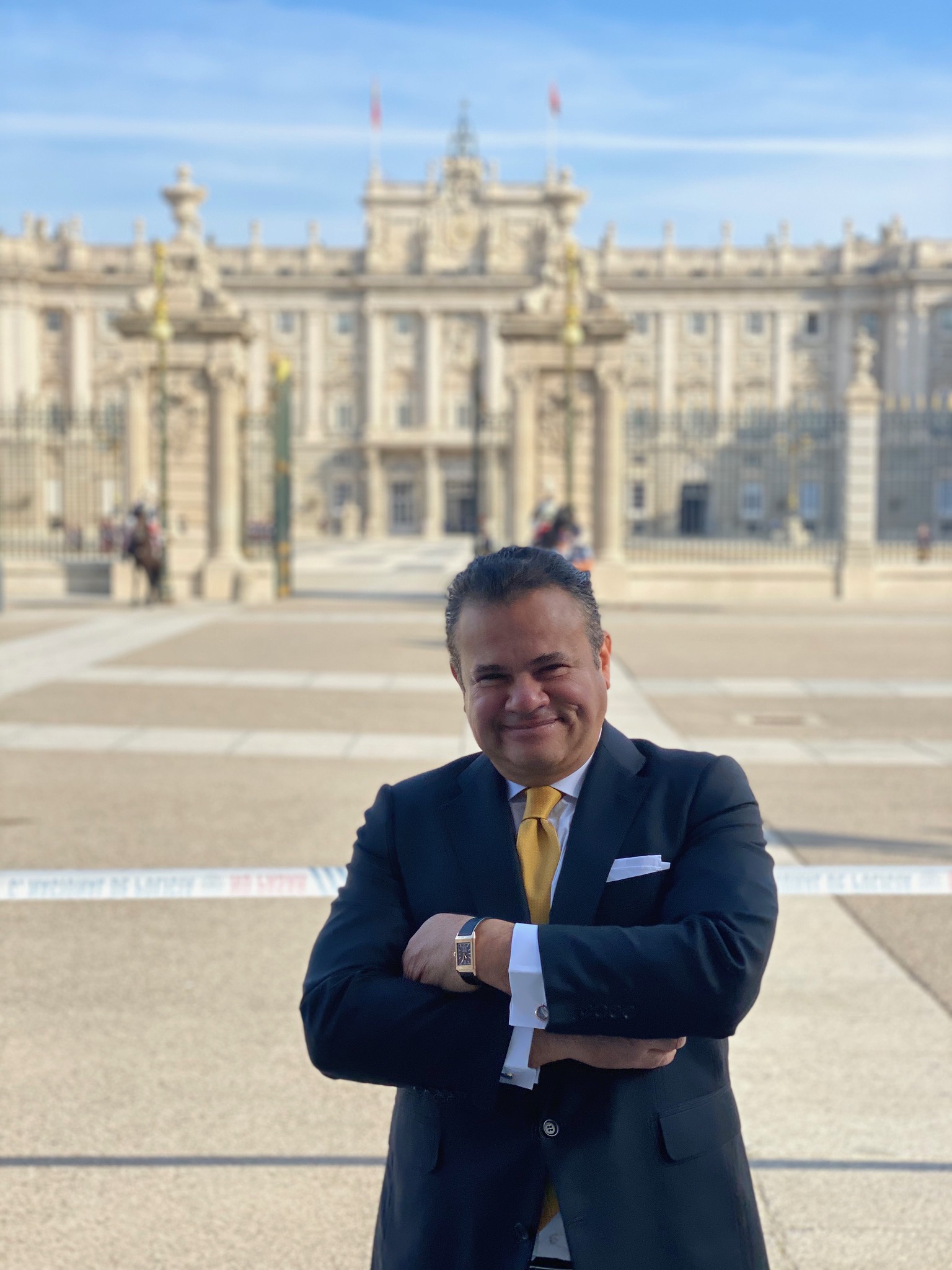Climate change and environmental degradation show a sign of the dangers and challenges the entire world faces and highlights the need for immediate action to counteract their impact.
As I have shared on previous occasions, one clear case for implementing measures in this regard is “The European Green Pact.” This initiative presents a growth strategy to overcome these challenges by all member countries, generating a framework to transform economies and make them more efficient, competitive, and profitable.
As part of this commitment, countries have also approved a Just Transition Fund (JTF) valued at 17.5 billion euros, equivalent to 21.27 billion USD. This fund intends to help finance the ecological transition, alleviating costs for European regions whose industries depend on fossil fuels and make this process less disruptive to critical infrastructures such as jobs.
This measure should help the EU achieve the zero-emissions goal by 2050 and a 55% reduction in carbon dioxide by 2030. But how will it be implemented?
What requirements must countries meet?
First, it is worth noting that EU member countries have autonomy in determining the funds to allocate to the most affected regions. But also, for a country to be eligible for funding, it must first submit a detailed plan to the European Commission with its energy transition strategy and explain how it will use the allocated funds.
The fund’s assets cannot be used to dismantle or construct nuclear power plants, incinerate resources, or for activities related to fossil fuels. This clarification comes in response to the resistance of eastern countries to the established decarbonization goals. Two examples are Romania, which does not plan to close its thermal power plants until 2032, and the Czech Republic, whose parliament has agreed to continue using coal for energy purposes until 2038.
Personally, I believe the European Union is acting proactively with its action plan to address climate change and achieve its environmental objectives, and certainly, the creation of the Just Transition Fund is a good example of this. The great question that remains for me is how to find a balance between guaranteeing the supply and the energy transition before climate change becomes irreversible?

 Owner of several companies in the energy and mining sector, and inventor of the design and engineering of the Super Matroid Heater and Ultra Filtration Systems for the oil and gas industries.
Owner of several companies in the energy and mining sector, and inventor of the design and engineering of the Super Matroid Heater and Ultra Filtration Systems for the oil and gas industries.
